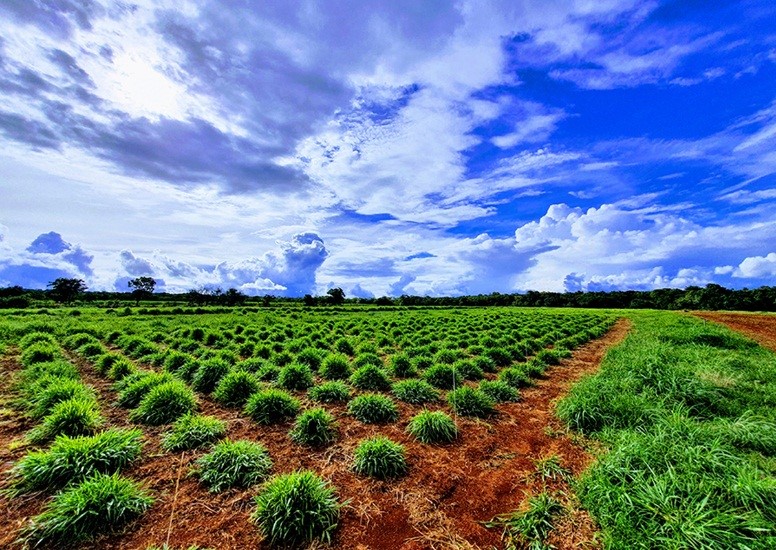Researchers from the Brazilian Agricultural Research Corporation (Embrapa) have produced the genome sequence of signal grass (Urochloa ruziziensis), one of the most used forage grasses in tropical agriculture.
Embrapa researcher Marco Pessoa Filho explains that U. ruziziensis has evolutionary proximity to other Urochloa species most used in cultivated tropical pastures – U. brizantha, U. decumbens, and U. humidicola. But while these species reproduce asexually, U. ruziziensis has a mode of sexual reproduction through the exchange of pollen. This characteristic is an advantage of U. ruziziensis, as it gives the possibility of recombining the genetic diversity of the species through crosses and of selecting the best combinations by classical genetic improvement.
The genome sequence obtained in this work will be used in further research on genomics, advanced biology, genetics, characterization, and the use of genetic resources in breeding programs for tropical forage grasses. It will also serve as a basis for the discovery of genomic variants and phenotypes, characterization of germplasm and genetic mapping, and the application of new gene editing technologies such as CRISPR.
(Source: Crop Biotech Update, International Service for Acquisition of Agri-Biotech Applications. www.isaaa.org)




